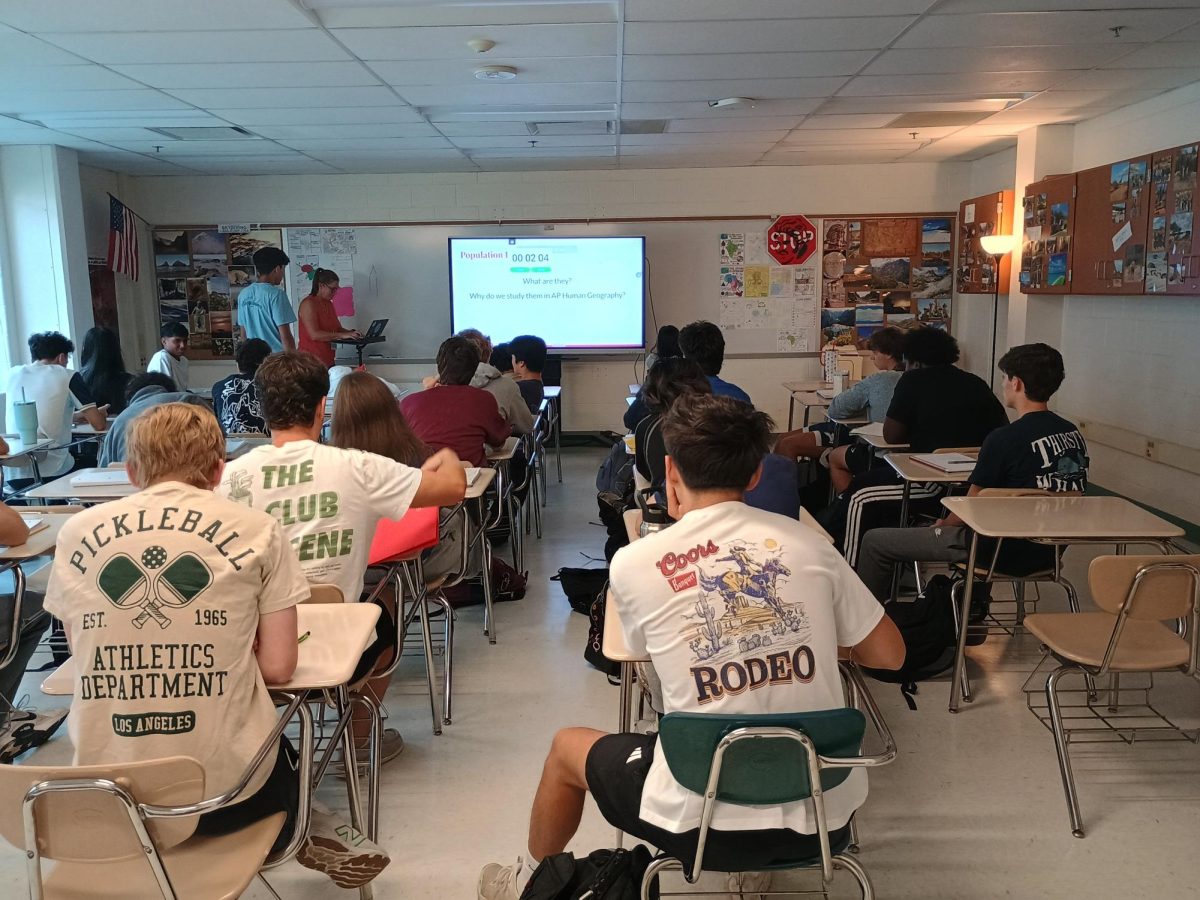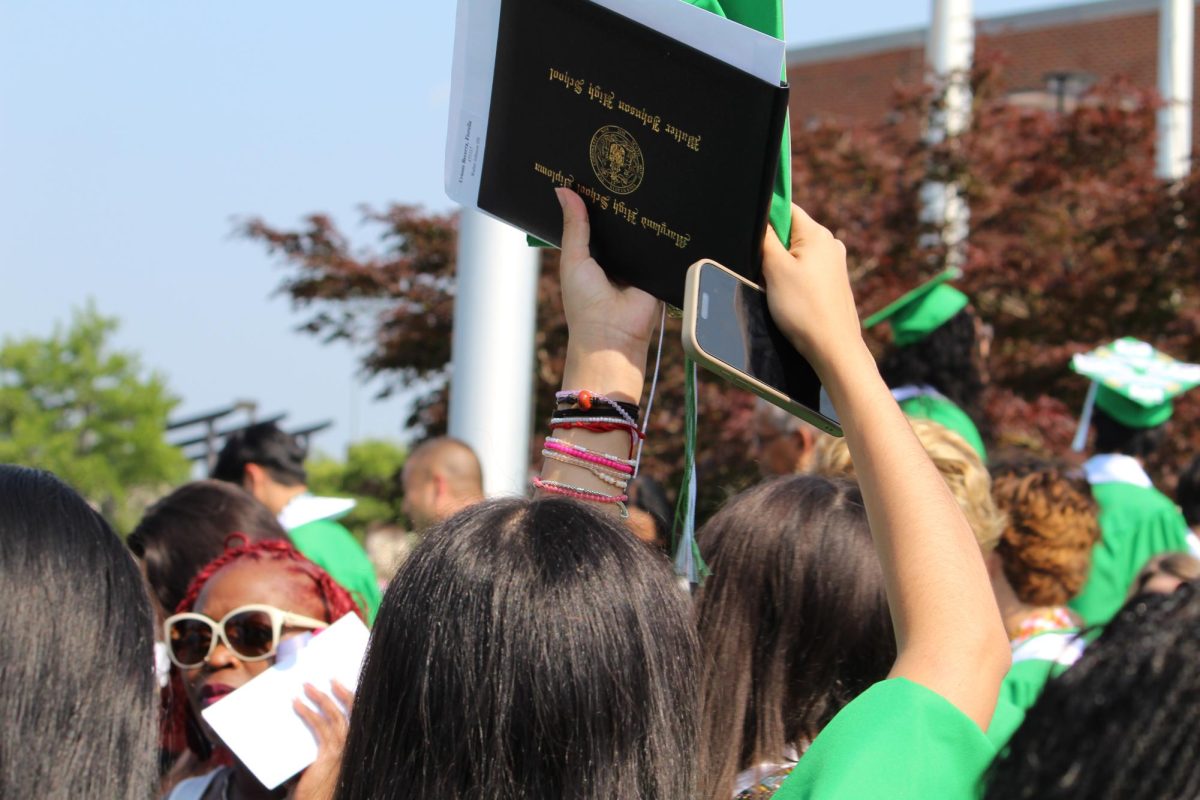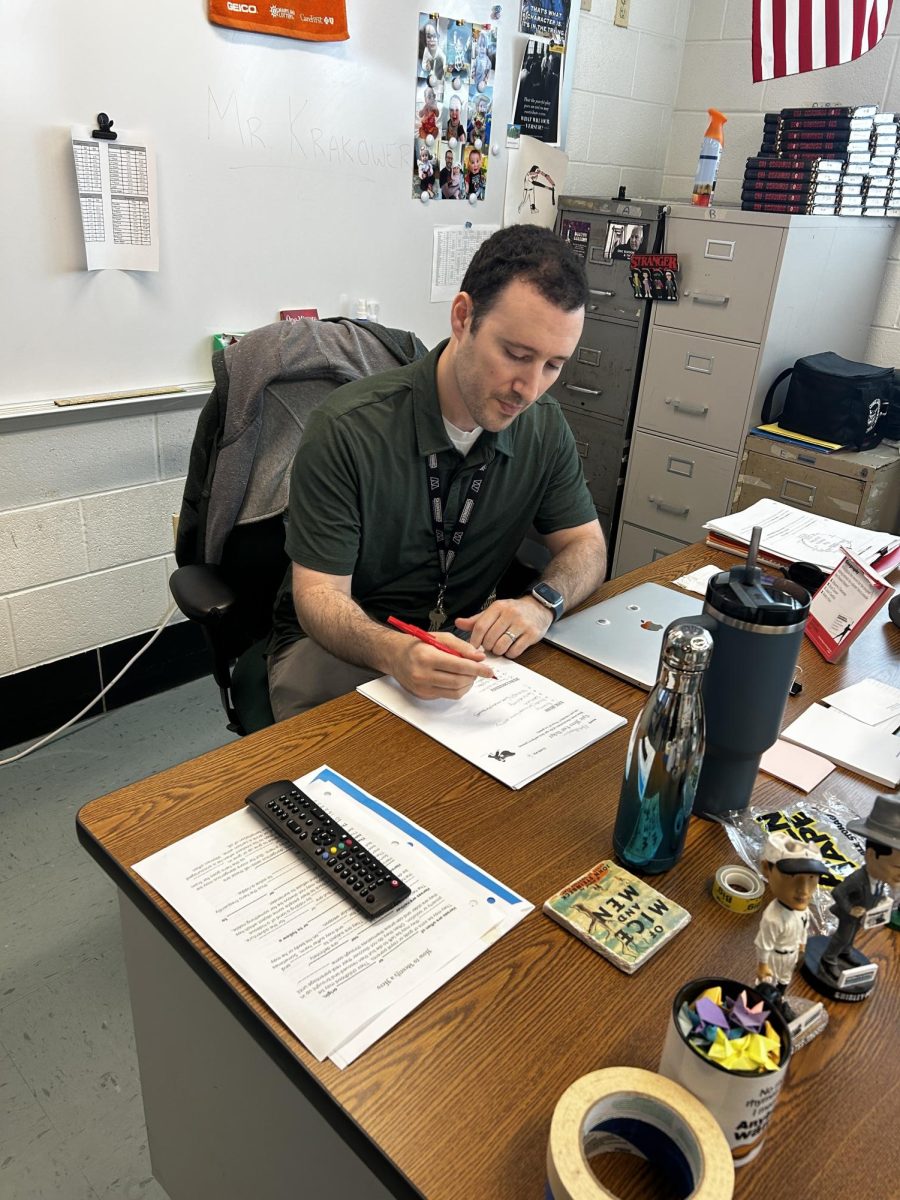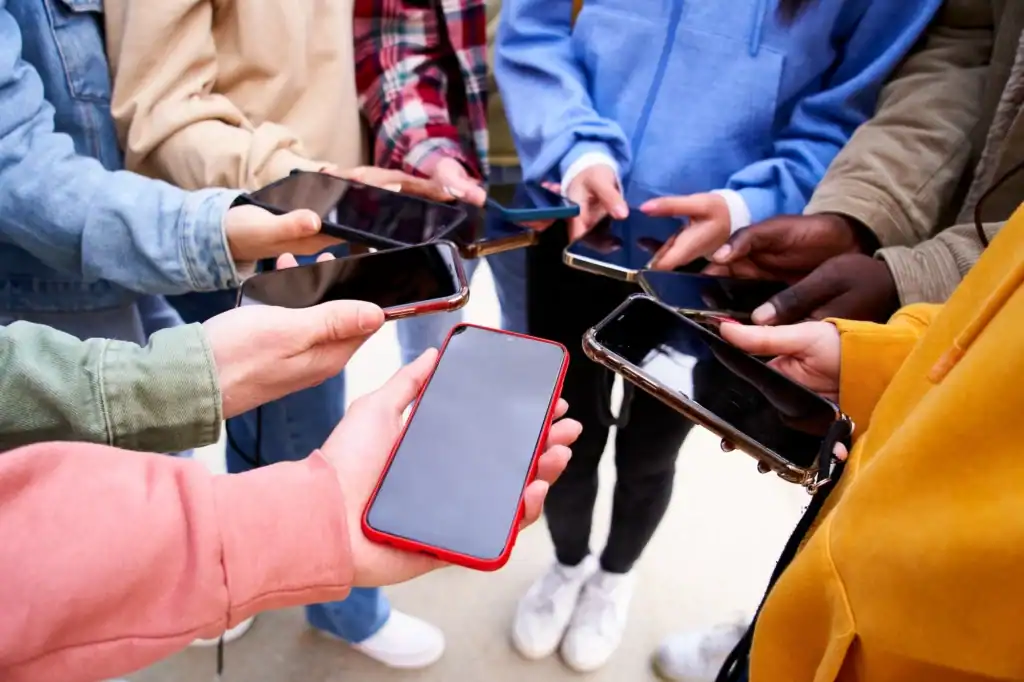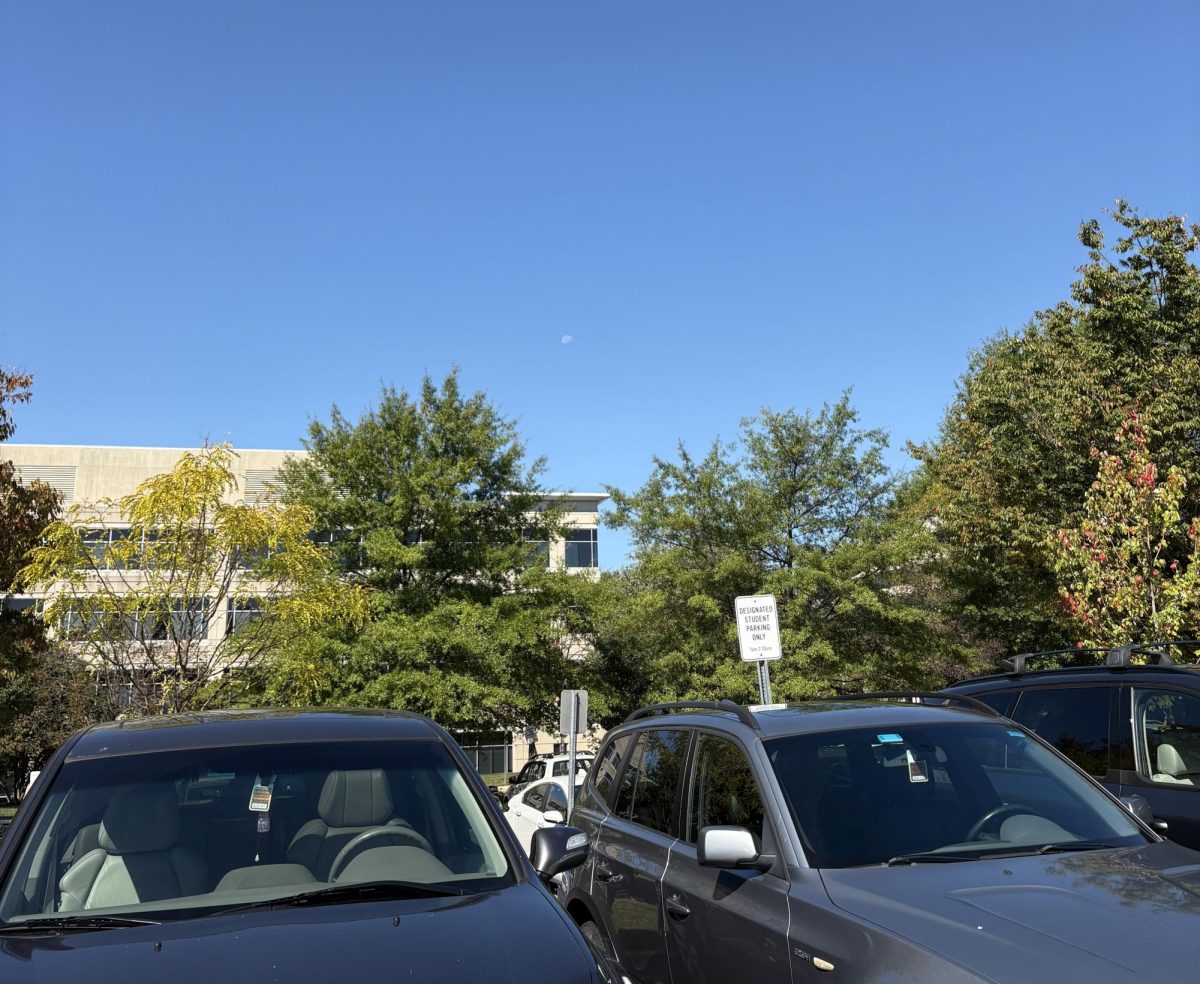Over 95% of public schools across the country include the habitual shelter-in-place and lockdown drills, now labeled “lockdown with options” at WJ. Though consistently integrated into our school days, are these drills truly effective, if we were to be faced with a warranting situation?
I don’t believe there is a definitive answer to this question, as it will vary based on several variables regarding the emergency situation itself. Rather, it is important to consider the possible impact that these drills can have on students, both positively and negatively.
As a rule of thumb, it is always beneficial to practice handling an emergency situation before such situations arise to address the situation in a calm and prepared manner.
“If done properly, in conjunction with training, the lockdown drills provide us with an opportunity to train our staff and students, to build their personal confidence in their ability to respond in an actual crisis,” Thomas Ristoff, director of the Syracuse City School District’s department of public safety in New York said in a CNN article.
However, with an active shooter situation or another threatening circumstance, there isn’t necessarily a formulaic course of events that would occur if the situation presented itself. There are tons of possible scenarios that could unfold with an active shooter or similar threat, and the response would vary based on location in the school, severity of the threat, time available and several other considerations.
Additionally, active shooter drills, or other related lockdown drills vary in their practice. While WJ conducts a traditional lockdown drill, sometimes with the addition of class commentary or conversation regarding a dangerous situation, other schools around the country administer much more realistic active shooter drills that can have serious psychological impacts on students.
At some point we must ask ourselves, are the costs of traumatizing students worth the possible benefits of these drills?
I would contend, in most cases, that no, it is not worth it. As one of the most anxiety-provoking practices, I do not believe that periodically participating in these drills has trained my brain in any way to better react to an emergency situation.
Rather, in some cases, participating in these active shooter drills can cause serious anxiety or trauma. NBC News conducted a report 90 days before versus 90 days after an active shooter drill, finding that such drills in schools caused a 42% increase in anxiety and a 39% increase in depression among those in the school community.
At the end of the day, adrenaline and fight or flight instincts will dictate our actions in the event of an emergency, not what we practice in the 20 minute, twice a year drill that WJ implements. All that this minimal training accomplishes is creating a high-stress environment where students have no choice but to envision the worst case scenario.
However, school drills are not universally ineffective. Fire drills are highly beneficial, as they allow students to locate exits and practice the simple act of leaving the building– an action that would be widely applicable in the event of an actual fire. The difference between fire drills and lockdown drills is that the practices for how to address a lockdown situation will differ based on the location in the building and the situation at hand. There are simply too many variables to account for that would require the drill to be specifically tailored for each possible situation. This makes it so that the basic lockdown drill that we periodically practice does not actually prepare us if a dangerous situation were to arise.
Even if the practice of the lockdown drill isn’t entirely effective, just thinking about such possibilities can have an impact on our preparedness and awareness around these subjects. School safety is a highly triggering and saddening topic, though it is one we must address. Even if what we do in the drill itself doesn’t help in a real situation, simply brainstorming about what we would do if something were to happen can help students feel prepared for a threatening situation.





